


Sleep APNEA treatment with unmatched comfort and durability – Poster
CLASSIC AND PANTHERA X3

Digital Indirect Bonding that makes sense: Featuring DIBS AI
Online Webinar – Featuring DIBS AI
Time & Date
Friday, April 19, 2024 1:00 PM PST (US and Canada) 1.5 HoursUnveiling DIBS AI for Orthodontic Excellence in Digital Indirect Bonding – Live Free Webinar
Please join us for a “Deep Dive” webinar on digital bracket placement. Accurate bracket placement results in improved chair time efficiency. We will be exploring how DIBS AI uses powerful predictive modeling to deliver the most accurate bracket placement available today.

Panthera Webinar – Navigating the world of 3-D printed Nylon Dental Sleep Appliances & Night Guards
Online Webinar – Panthera
Time & Date
Thursday, April 25, 2024 7:00-8:00 PM EST (US and Canada) 1 HourNavigating the world of 3-D printed Nylon Dental Sleep Appliances & Night Guards | English Presentation
Panthera Sleep, a division of Panthera Dental, is a world leader in dental sleep appliance design and manufacture. We believe in a continuous commitment to innovation with cutting-edge digital technologies, informed by over 10 years of experience working with key practitioners to develop a range of appliances that perfectly meet their patient’s needs.
Speaker: Andreas Klie RDT, Senior Director of Sales
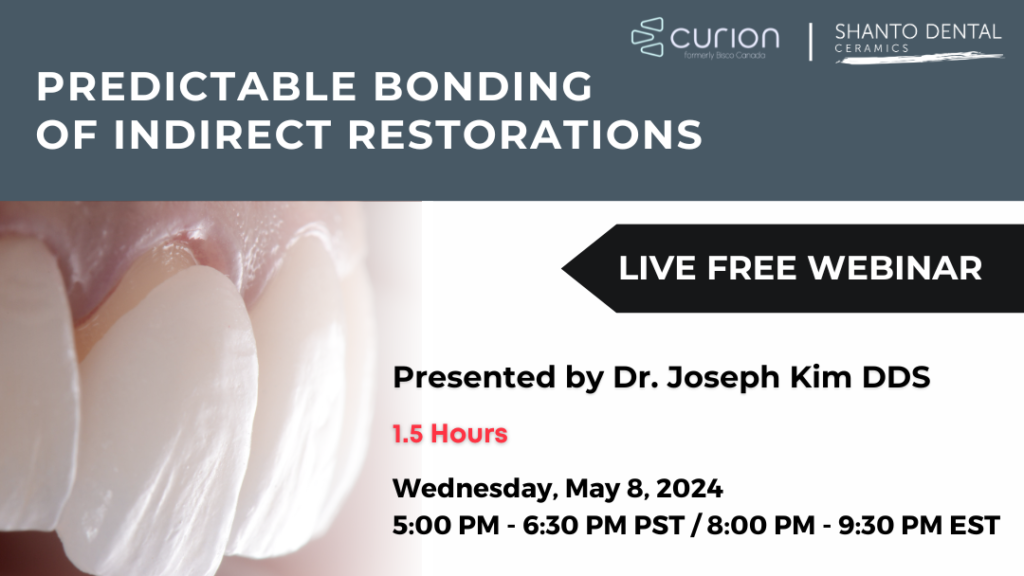
Predictable Bonding of Indirect Restorations
Online Webinar – In Partnership with Curion
Time & Date
Wednesday, May 8, 2024
5:00 PM – 6:30 PM PST / 8:00 PM – 9:30 PM EST
1.5 Hours
Fee
FREE
Predictable Bonding of Indirect Restorations – Live Free Webinar
Presented by Dr. Joseph Kim DDS
Wednesday, May 8, 2024
5:00 PM – 6:30 PM PST / 8:00 PM – 9:30 PM EST
DESCRIPTION
Improvements in adhesive science have allowed restorative dentists to perform a wide variety of procedures for their patients including predictable esthetic therapy, direct composite restorations, and indirect restorations in challenging clinical circumstances. This presentation will review common issues and protocols of indirect restorations in clinical practice. After this presentation, participants will have a better understanding of adhesive dentistry and how to achieve predictable outcomes when delivering indirect restorations.
LEARNING OBJECTIVES
- Learn about the modern adhesive materials compatible with teeth and multiple substrates.
- Understand the role modern adhesives and cements play in predictable outcomes.
- Review the role of resistance and retention form
- Review bonding protocols for various adhesive procedures.
REGISTRATION
Register, or learn more about this event and the presenter, here:
https://us02web.zoom.us/webinar/register/WN_3hDrt84tQWKCirfhILP6PA#/registration
If you’re unable to attend live, don’t worry. All registrants will automatically receive a recording of the webinar within 3 business days after the live event.
SPEAKER BIO

Joseph Kim, DDS, JD, graduated from the University of Michigan School of Dentistry in 2001. He has maintained a sedation practice in Yorkville, Sugar Grove, and Aurora, where he has focused on comprehensive and implant dentistry. Since 2008, Dr. Kim has trained dentists in implant surgery and restoration, with support from various implant and dental materials manufacturers. Additionally, Dr. Kim operates an in-house dental laboratory which provides unique implant prosthetic solutions to clinicians across the country. Dr. Kim currently serves as Clinical Advisor of R&D at BISCO.
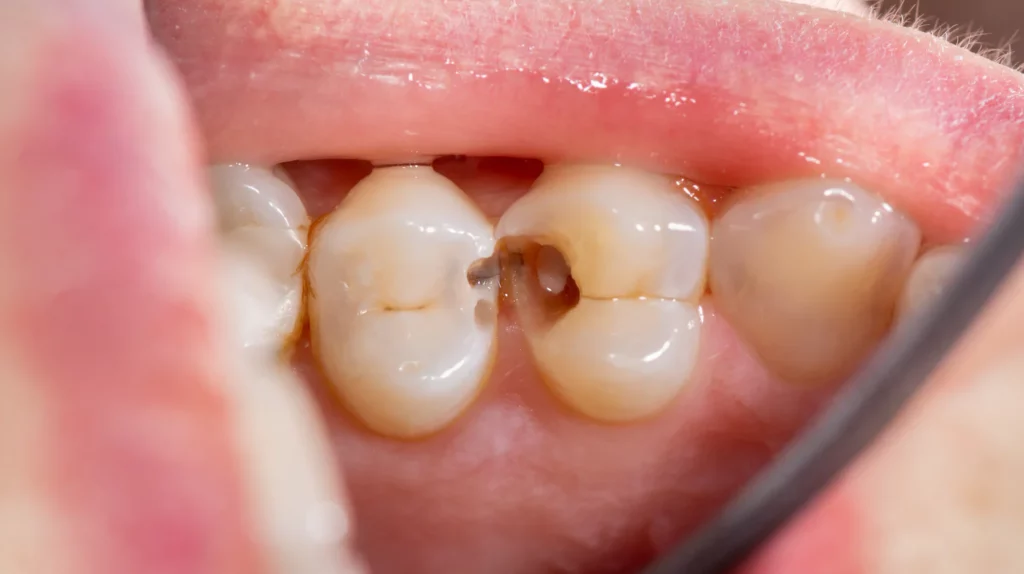
Biologic Materials for Pulpal Vitality
Online Webinar – In Partnership with Curion
Time & Date
On-Demand
1 Hour
Fee
FREE
1 CE Credit
Biologic Materials for Pulpal Vitality
COURSE SUMMARY
Recent developments in resin technology have propelled the introduction of hydrophilic resins for the evolution of therapeutic dental products. These resins allow for the addition of biologically active components in order to positively influence pulpal health. Besides preserving cell vitality, these new materials encourage dentin bridge formation, and preserve the dentin hybrid layer and restorative processes. In addition, these materials provide a more durable base upon which to place the restoration.
LEARNING OBJECTIVES
- Define which resin based materials are hydrophilic and biologically based. In addition, the participant will understand why the use of hydrophobic material for therapeutic purposes is not recommended.
- List the necessary steps to maintain pulpal vitality (long term) and what animal studies have demonstrated. In addition, the participant will appreciate the interaction between the pulp and medicaments.
- Understand why previously promoted techniques for pulpal protection often utilized materials that were non-compatible, creating weak interfaces allowing for restoration failure and/or micro-leakage.
- Appreciate the role that clinicians may play in biomaterials research.
SPEAKER BIO:

Mark L. Cannon is a Professor of Otolaryngology, Division of Dentistry at Northwestern University, Feinberg School of Medicine, an Attending Physician at Ann and Robert Lurie Children’s Hospital and a member of the International Association of Pediatric Dentistry. In addition to being the founder of Associated Dental Specialists of Long Grove (1981); he is the Research Coordinator of the Pediatric Dental residency program at Ann and Robert Lurie Children’s Hospital, Chicago, Illinois. Dr. Cannon has 40 years of experience in pediatric dentistry and has presented lectures both nationally and internationally. He lectures on many oral health topics including evolutionary oral medicine, the gateway microbiomes, biologic and bioactive dental materials (patents owner), probiotics, and all aspects of everyday Pediatric oral health. Dr. Cannon has humbly accepted two invitations by the Karolinska Institutet, first to the Nobel Forum (2016) and secondly to the Nobel Assembly (2017).
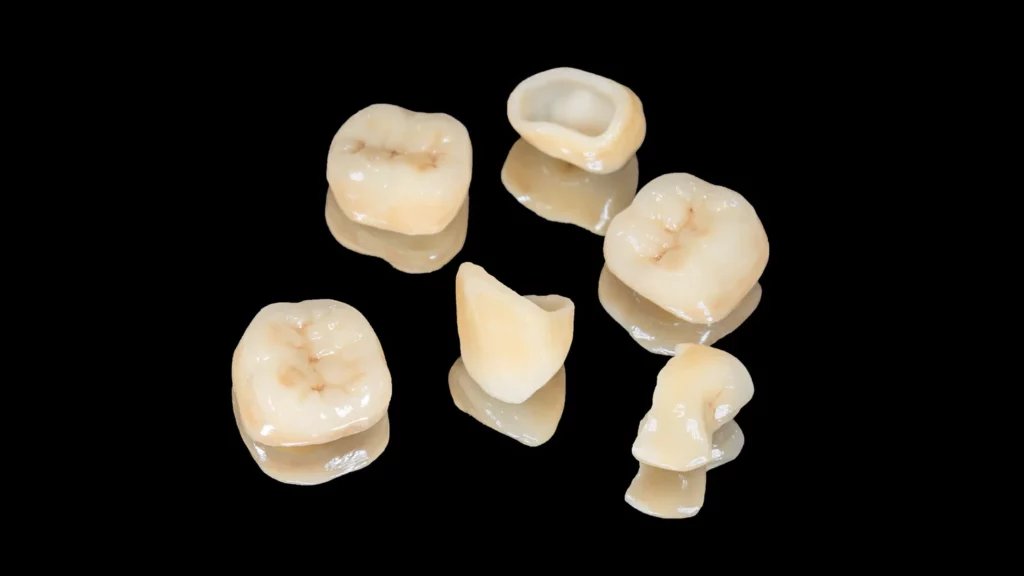
What Z heck is Going On Here?! Zirconia Cementation Simplified
Online Webinar – In Partnership with Curion
Time & Date
On-Demand
1 Hour
Fee
FREE
1 CE Credit
What Z heck is Going On Here?!
Zirconia Cementation Simplified
COURSE SUMMARY
Bond or lute? Try in or prime first? Am I doing this right? This entertaining 1-hour webinar will help answer all of your questions about placing zirconia restorations. From preparation, to priming to insertion, Dr. Rolando Nuñez will explain how and why certain materials are selected for optimized clinical results when working with zirconia. Using a simple guide, he will walk you through step-by-step procedures creating a usable system for optimized long-term results and efficiency.
LEARNING OBJECTIVES
- Understand the basic, chemical principles of zirconia bonding
- Decide whether to bond or lute zirconia restorations
- Confidently prime and seat zirconia restorations
- Immediately implement an office protocol to standardize placement of zirconia restorations
SPEAKER BIO:

Dr. Rolando Nuñez received his dental degree from Central University of Venezuela in 1997. He enrolled in a Biomaterials Graduate Program at the University of Alabama at Birmingham, obtaining a MSc. degree in 2004. He joined BISCO as a private clinical consultant from 2005 until 2013, where he worked closely with the Research and Development Department in the development of new and innovative products. In 2014 he became Manager of Clinical Affairs for BISCO, Inc.
Dr. Nuñez has held a private practice focussing in Esthetic and Restorative Dentistry for the past 10 years. He has lectured in over 30 countries on a vast array of topics regarding Adhesive Dentistry. He has many publications regarding clinical techniques as well as scientific articles in peer review journals.
Dr. Nuñez is a member of the following groups: International Association of Dental Research, American Association of International Research, Latin American Society of Operative Dentistry and Biomaterials, Dental Materials Group of the IADR and the Venezuelan Society of Operative Dentistry Biomaterials and Esthetics.

#DNotes Memo Concerning Tools for Dental Tooth Reduction
Most dentists are well aware of the documented requirements for tooth reduction in various situations. For example:
PFM: Incisal = 1.5 – 2.0 mm ; Facial = 1.5 – 2.0 mm ; Lingual = 0.5 – 1.0 mm
PFZ: Incisal = 1.5 – 2.0 mm ; Facial = 1.5 – 2.0 mm ; Lingual = 0.5 – 1.0 mm
FZ: Incisal = 1.5 – 2.0 mm ; Facial = 1.0 – 1.5 mm ; Lingual = 1.0 – 1.5mm
e.Max: Incisal = 1.0 – 2.0 mm ; Facial = 0.5 – 1.0 mm ; Lingual = 1.0 mm
Yet a very large number of unaesthetic as well as weak dental restorations are ultimately caused by under-reduction, simply because the dentist is unaware how to measure!
Very useful tools do exist to help the dentist know how much to reduce teeth in order to get both aesthetic and strong results? At Shanto, the most useful tool, we know of is the Flexible Clearance Guide – made by Belle de St.Claire, and sold locally by Patterson Dental. We use it in the lab all the time, but it is particularly useful chairside because it is flexible!
When you use it, please note that you must be able to pull the Flexible Clearance Guide through WITHOUT RESISTANCE in order to know that you have at least as much clearance as what the guide indicates (0.5, 1.0, 1.5, 2.0, 2.5, or 3.0 mm)!
Also, please note that there is an important difference between clearance and reduction!!! Clearance is the space created between the prepped tooth and the opposing. Reduction is how much you have reduced in relation to the planned shape of the restored tooth. For example on facial surfaces, clearance is irrelevant because there is no opposing dentition, but appropriate reduction is still important because you don’t want the facial of the restoration to be “sticking out” after the restoration is made.
In addition, premolars and molars actually have occlusal surface areas that need reduction which has little or nothing to do with clearance – such as marginal ridges (where opposing cusps should not occlude), or situations where there is no opposing tooth (i.e. lots of clearance) but where measuring reduction is still important to get the correct restorative anatomy!
Please remember that on its own in the mouth the Flexible Clearance Guide measures only (not reduction). In order to make accurate measurement of reduction (e.g. facial surfaces), you need to use the Flexible Clearance Guide in conjunction with another tool – a Reduction Guide – which can be a putty index of say the pre-op tooth or a wax-up! This is the reason you should ALWAYS use a Reduction Guide when you are prepping anterior teeth, because appropriate reduction of facial surfaces is of course super important and has nothing to do with clearance! Hence when you are planning to prep anterior teeth, should ALWAYS do a wax-up – even for singles! All wax-ups you send to Shanto, will always be returned to you with a Reduction Guide.
Questions about this month’s DNotes? Feel free to reach out to us below:
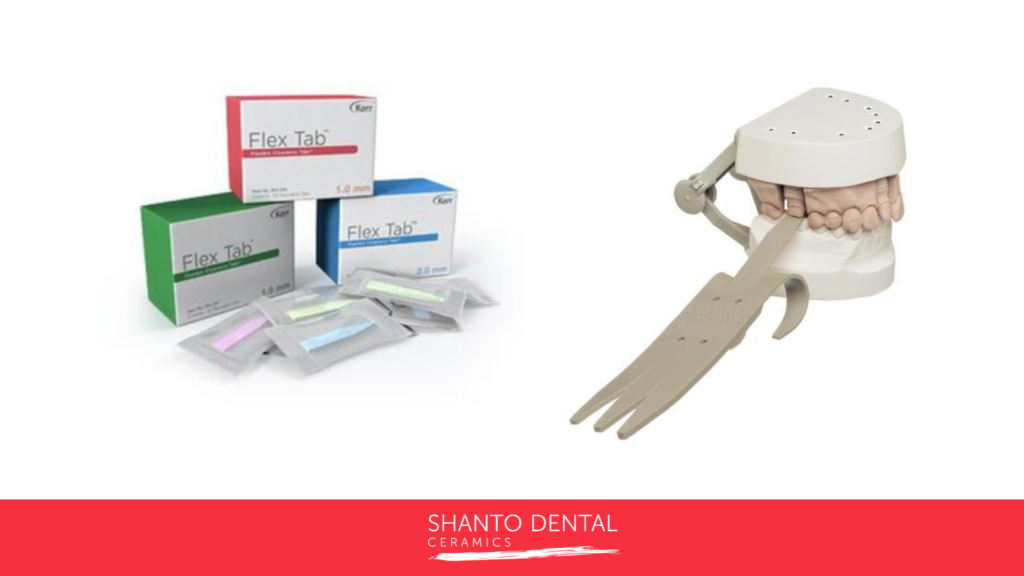
#DNotes Who’s fault it is? It is the distolingual cuspid fault…
We find in the laboratory that the most common area needing additional reduction in the disto-lingual cuspid. Why? Well, we cannot assure the reason; but we believe it is related to the fact that it is the area of most difficult access when preparing the tooth; and the area which is not very convenient to check for adequate reduction.

Keep that in mind when preparing the tooth and take a look of this pocket chart with the minimal required reduction for a strong long lasting crown. Another culprit for minimal material space is an opposing cusp. Almost always the palatal of the 16 or 17. Don’t be afraid to reshape these with consent of course.
Have any questions about how we can assist? Feel free to email us at info@shantodental.com or fill in the form below:
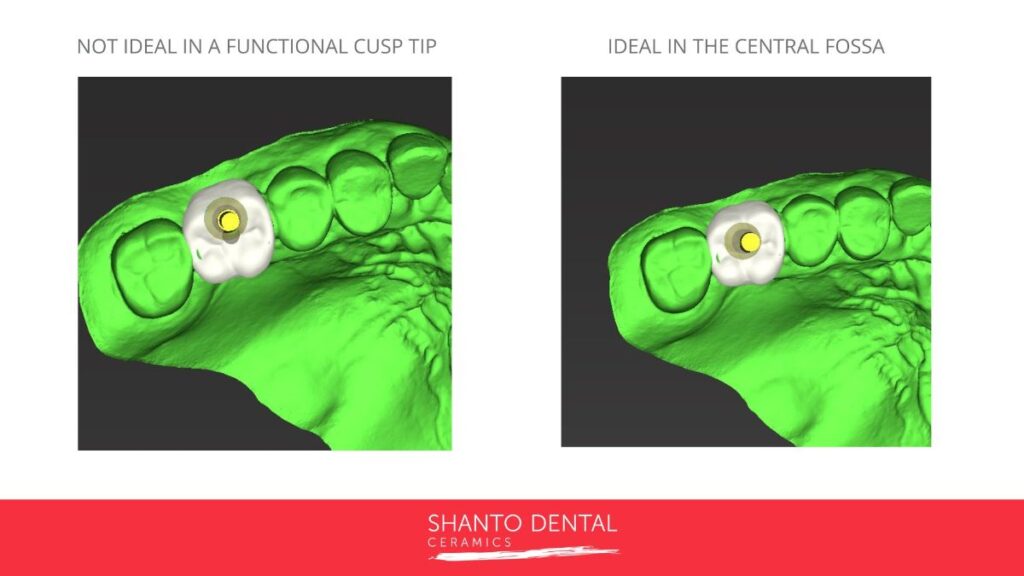
#DNotes Ideal Access Hole – Middle of the Crowns or Axial
Is the implant crowns access hole decision made for aesthetic, convenience or mechanical reasons?
As Technicians, we do understand dentist’s desire for screw-retention. However, we also want dentists to understand that in certain circumstances prioritizing screw-retention can lead to unwanted compromises which can be solved by deciding on cement retention instead!
These days it is technically possible to screw-retain almost every implant case. But that should not lead to the conclusion that it is always desirable to do so! In other words, screw-retention does have some negative consequences. It is important to know what those consequences are so that you can make an informed decision when you decide on screw-vs. cement-retention.
Have any questions about how we can assist? Feel free to email us at info@shantodental.com or fill in the form below:

